Creative Upcycling Techniques for Old Furniture
Unlock the hidden potential of your old, worn-out furniture pieces with innovative upcycling strategies. Transforming discarded or outdated items not only adds character to your home décor but also contributes to sustainability by reducing waste. This guide delves into creative approaches and inspiring methods for reimagining old furniture, offering fresh perspectives and practical insights. Whether you’re an experienced DIY enthusiast or a novice eager to begin, explore how to breathe new life into forgotten treasures while expressing your unique style.
Chalk paint is a popular upcycling choice due to its ease of use and chalky matte finish. Unlike traditional paints, it adheres to most surfaces without the need for extensive sanding or priming, making furniture makeovers accessible to all skill levels. With chalk paint, you can effortlessly create looks ranging from rustic charm to refined elegance. The rich pigment provides superior coverage, allowing for bold color statements or muted tones. When sealed with natural wax or a clear coat, your furniture will acquire a professionally refreshed appearance, effortlessly blending into both vintage-inspired and contemporary settings.
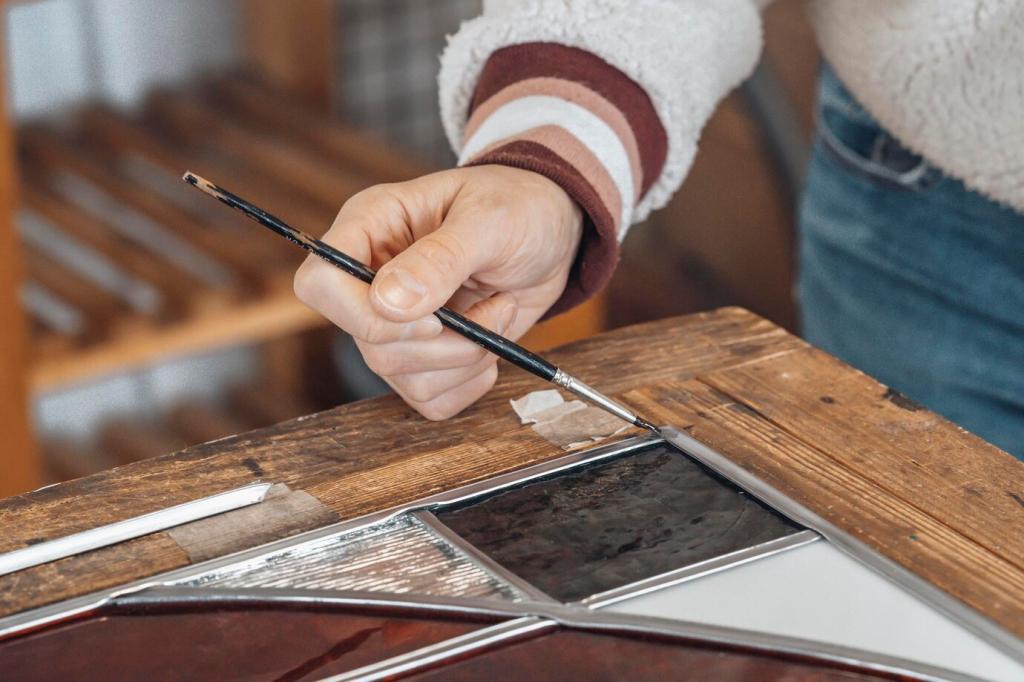
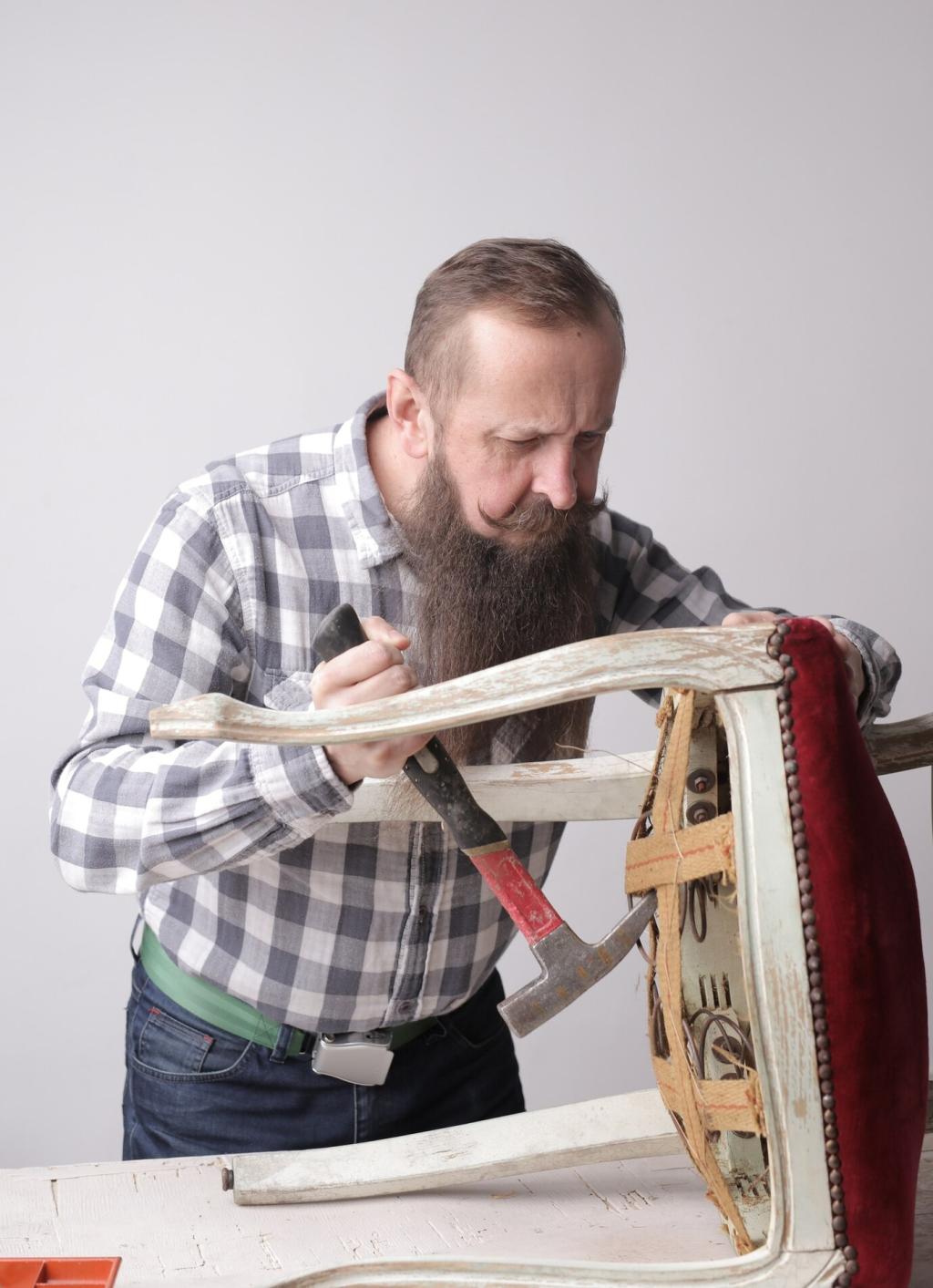
Turning Dressers into Bathroom Vanities
An old dresser can find renewed purpose as a unique bathroom vanity. By modifying the top to accommodate plumbing and reinforcing its structure, you create a one-of-a-kind fixture that brings charm and authenticity to any bathroom. Sand and seal the wood for moisture resistance, and add a stylish basin for a boutique-like finish. Repurposed vanities become conversation pieces that reflect your personal taste and eco-conscious values while offering ample storage for toiletries.
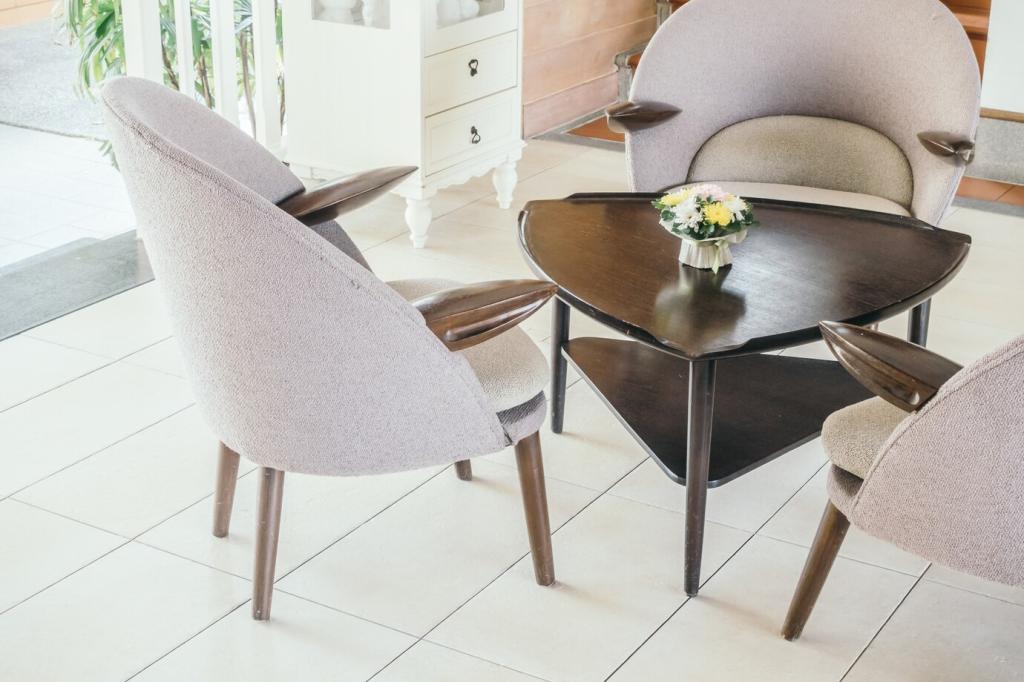
Bookcase Benches for Cozy Sitting
Transforming an outdated bookcase into a comfortable bench demonstrates the magic of upcycling. By laying the bookcase on its side, reinforcing it, and adding a plush cushion, you create both a seating area and hidden storage. This technique turns underused shelving into a practical addition for entryways, bedrooms, or playrooms. Paint or stain the bench to blend with your interiors, and enjoy a creation that offers both relaxation and organization in a single, sustainable package.
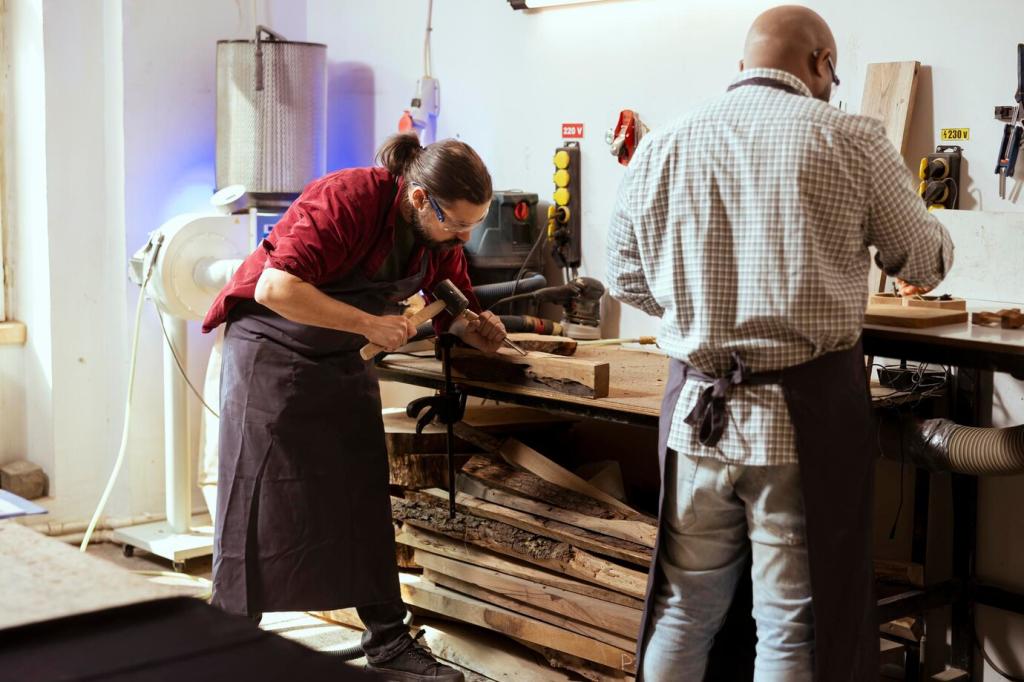
Coffee Tables from Old Doors
Repurpose a vintage door by turning it into a singular coffee table. Cutting the door to the desired size, adding legs, and sealing the surface breathes new vitality into something that might otherwise be discarded. Features like original panels and hardware become design highlights, giving your table historic charm and individuality. Glass overlays can provide a smooth surface for cups and décor, merging practicality with nostalgia in a beautiful centerpiece.
Decorative Upholstery and Fabric Techniques
Reupholstering Chairs with Trendy Fabrics
Swapping out old coverings for modern, durable textiles breathes life into tired chairs. By reupholstering, you can introduce contemporary patterns, textures, or colors that complement your décor. This process may involve replacing foam or adding batting for extra comfort, ensuring the result is both stylish and inviting. Whether you opt for bold prints or plush velvets, freshly upholstered chairs become personalized features that stand out in any room.
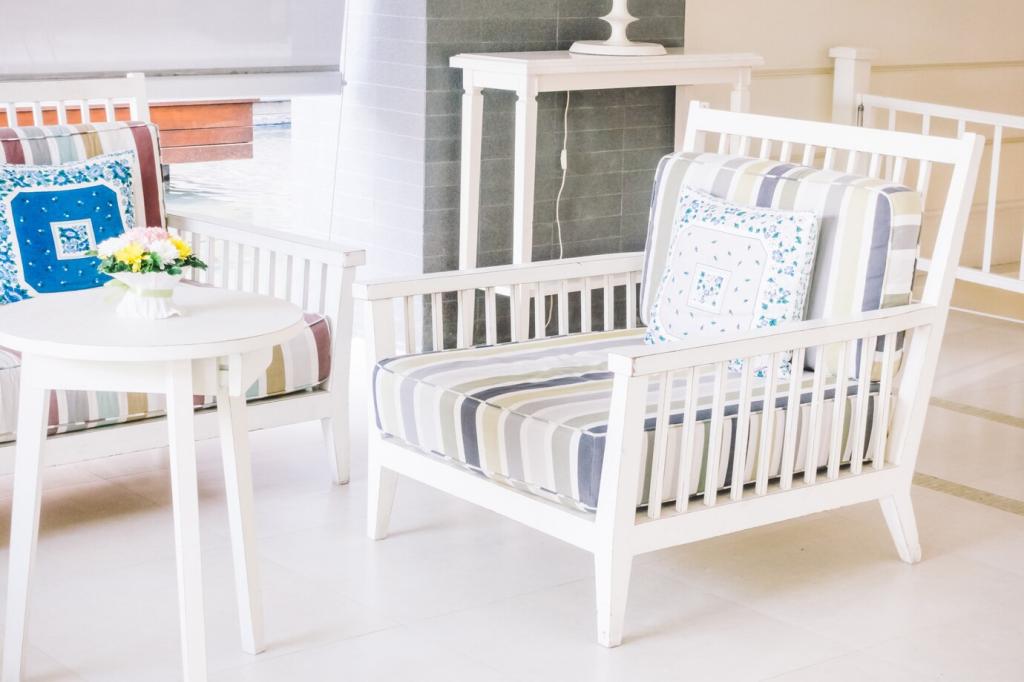
Hardware Makeovers for a Modern Touch
Replacing outdated handles or knobs with contemporary hardware transforms cabinets, drawers, and cupboards. Choose materials like brushed brass, ceramic, or glass to impart new character and style. Modern options can provide contrast against aged wood or painted finishes, instantly enhancing the tactile and visual appeal. This change is easy to reverse, making it perfect for renters or those seeking a quick, budget-friendly transformation.
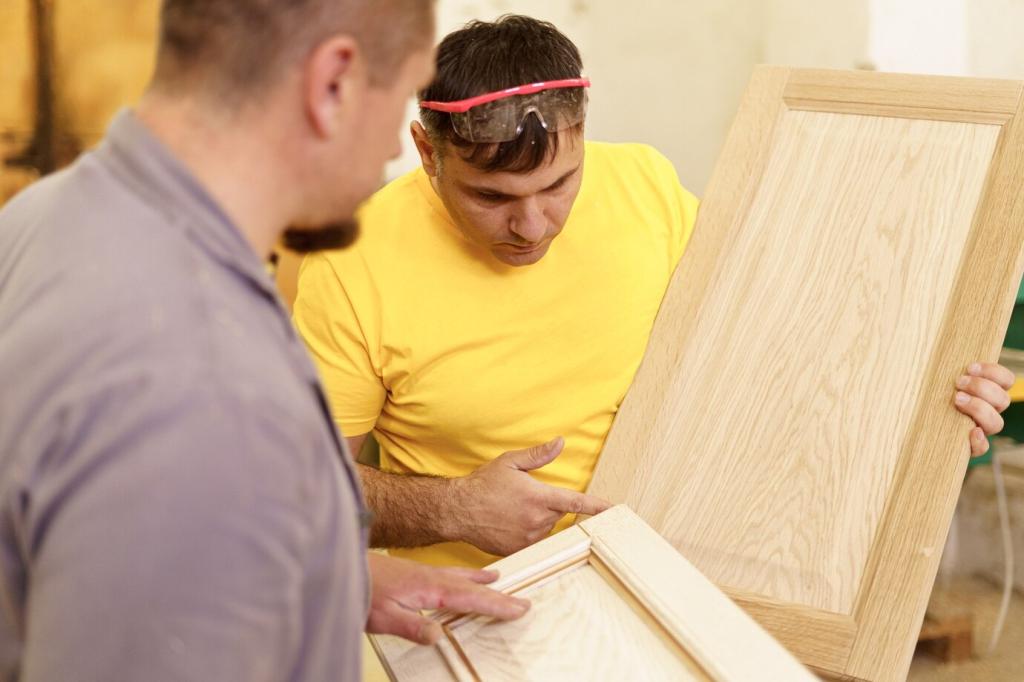
Decoupage with Decorative Paper
Applying decorative paper—such as maps, floral patterns, or vintage prints—to drawer fronts, tabletops, or cabinet panels adds instant personality. The process involves adhering cutouts with specialized glue and smoothing out wrinkles for a flawless finish. Several protective coats seal and shield the design, ensuring longevity. Decoupage allows you to create one-of-a-kind showpieces that serve as functional works of art.
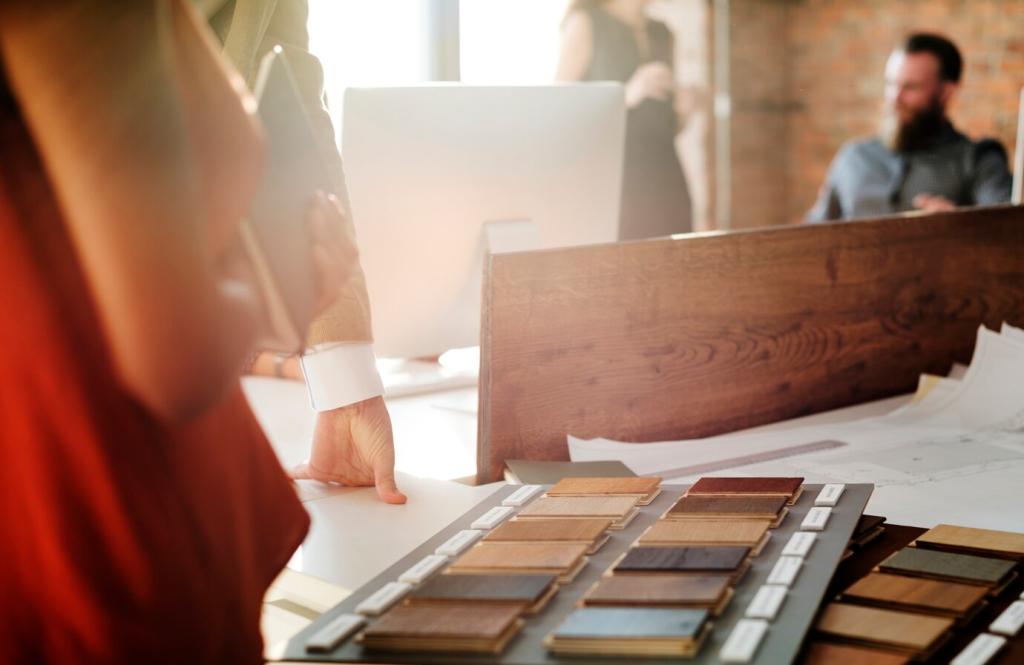
Image Transfers for Personalization
Transferring photographs or illustration prints directly onto wood or painted surfaces personalizes furniture in a way few methods can. Use specialized gels or mediums to fuse the ink from paper onto your piece, revealing the image once the paper backing is rubbed away. This method is ideal for commemorating important events, adding family photos, or introducing custom motifs to a well-loved item. The possibilities are as broad as your imagination and design preferences.
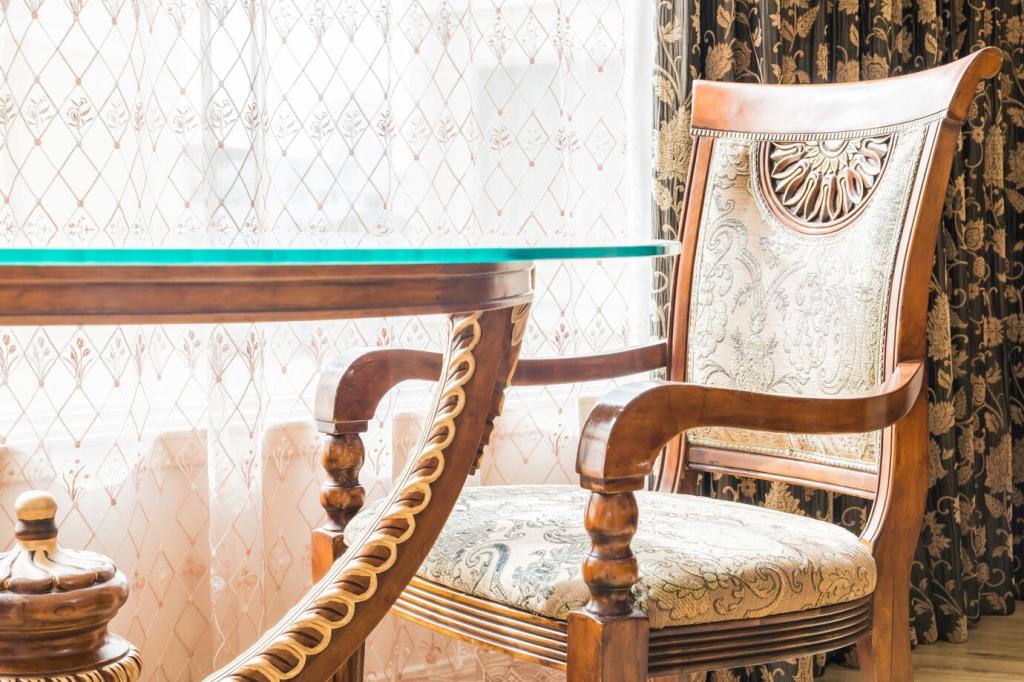
Mixing Techniques for Stunning Effects
Combine decoupage and transfer techniques for truly remarkable results. Overlay decorative papers with transferred vintage scripts or florals to achieve depth and complexity. Mixing these methods allows for experimentation—layering materials, playing with opacity, and introducing metallic foils for extra sparkle. The end product stands as an unmistakable conversation starter and testament to your creative vision.
Non-Toxic and Natural Finishes
Opt for paints, stains, and sealants that are low in volatile organic compounds (VOCs) and derived from natural ingredients. These safer products maintain indoor air quality and are less harmful during application. Plant-based oils and waxes can protect wood surfaces beautifully, enhancing their natural grain and texture. Choosing non-toxic finishes demonstrates your commitment to both health and the environment.
Reclaimed Materials Integration
Incorporate salvaged or reclaimed components into your furniture projects, such as barn wood, window panes, or iron fittings. Integrating these materials not only conserves resources but also adds vintage charm and durability to your finished pieces. Each reclaimed element brings its own history, character, and patina, making the transformation even more meaningful and distinctive.
Conscious Sourcing and Local Finds
Source furniture and materials locally to minimize transportation emissions and support your community. Seek out pieces from thrift shops, estate sales, or curbside discards. By choosing local finds and repurposing discarded items, you contribute to a circular economy while discovering unique pieces that mass-market retailers can’t offer. This approach ensures your upcycling journey is both eco-aware and filled with serendipitous treasure.
Upcycling Outdoor Furniture for Fresh Spaces
Reinventing Metal Chairs and Tables
Old metal furniture can be rejuvenated with rust removal, fresh paint, and protective coatings. Choose weather-resistant paints in bold hues to make your patio chairs or tables stand out. Replacing or repairing seat panels and adding custom cushions further extends their life. Through care and creativity, you can transform once-neglected outdoor pieces into inviting, durable features that emphasize both comfort and style.
Pallet Projects for Versatile Solutions
Used shipping pallets can be dismantled and rebuilt into a variety of functional outdoor items like benches, coffee tables, or even vertical gardens. With sanding and sealing, pallets offer a rustic yet contemporary look perfect for entertaining friends or relaxing outdoors. Pallet upcycling is budget-friendly and endlessly adaptable, supporting sustainability while expanding your outdoor seating and storage possibilities.
Planter Boxes from Cast-Off Drawers
Repurpose discarded wooden drawers into charming planter boxes for your garden or balcony. Sand and weatherproof the wood before adding drainage holes and filling with soil and plants. These unique planters provide a second life for otherwise obsolete furniture components, adding visual interest and greenery to your exterior spaces. They exemplify upcycling’s principle by merging utility, beauty, and environmental mindfulness.
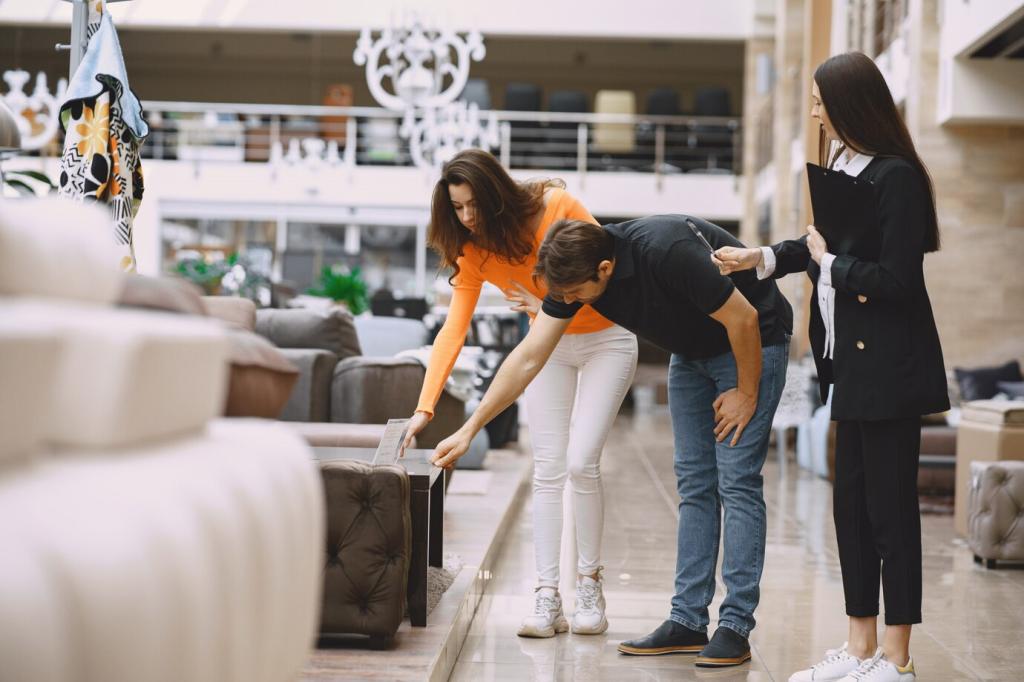
Personalizing with Art, Mosaics, and Inlays
Crafting Mosaics from Broken Ceramics or Glass
Transform a tired tabletop or dresser by embedding mosaics made from broken ceramic plates, glass tiles, or mirror shards. Carefully arranged patterns or images create a tactile, colorful finish that dazzles in natural light. Grouting and sealing ensures durability, allowing the art to withstand regular use. Mosaic techniques require patience but deliver show-stopping results that turn ordinary furniture into extraordinary focal points.
Wood Inlays for Sophisticated Detailing
Introduce elegance and craftsmanship through wood inlays, whether using contrasting timber strips, mother-of-pearl, or brass accents. Skilled cutting and placement create decorative motifs or borders, often reminiscent of fine antique furniture. Though the process demands precision, the outcome adds both value and beauty to upcycled items. Wood inlays serve as a celebration of intricate artistry within every recovered piece.
Hand-Painted Designs for Custom Flair
Painting detailed motifs, patterns, or scenes directly onto furniture offers a limitless way to personalize your creations. From florals and abstract forms to meaningful quotes or initials, hand-painted details showcase your imagination. You can match room themes, reference favorite artists, or simply have fun with playful colors. Each brushstroke makes the piece unmistakably yours, elevating upcycled furniture well beyond the ordinary.
